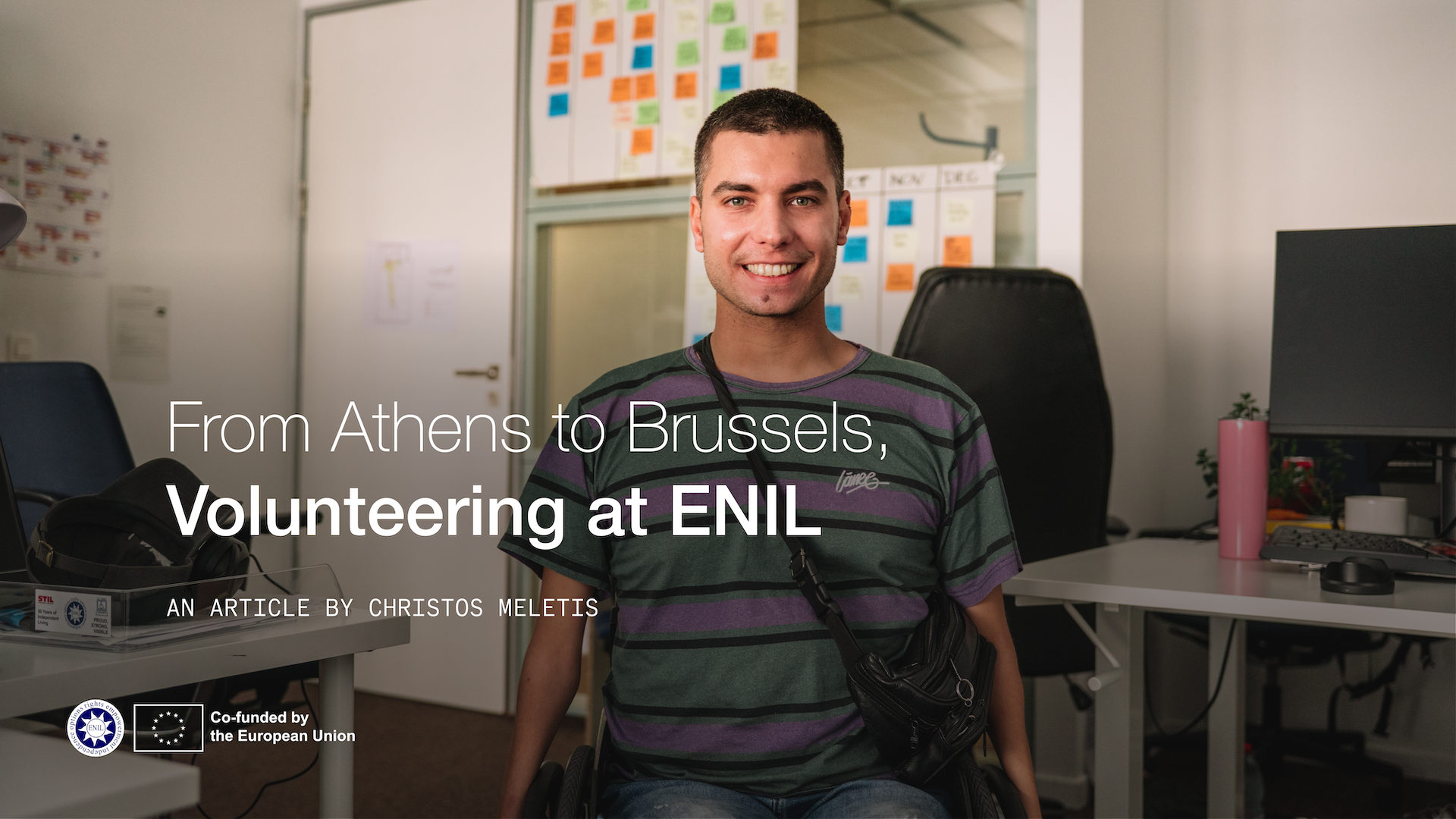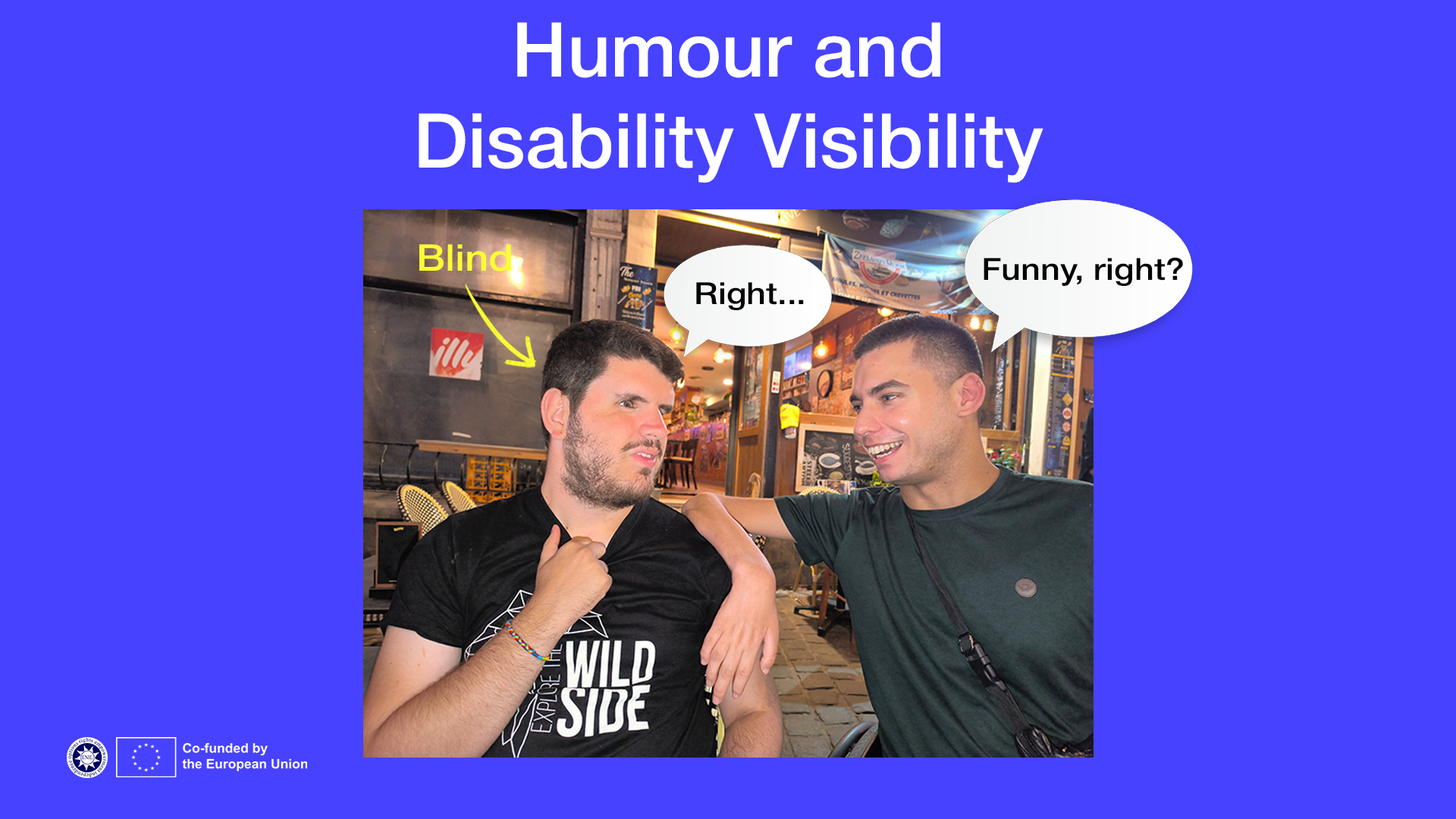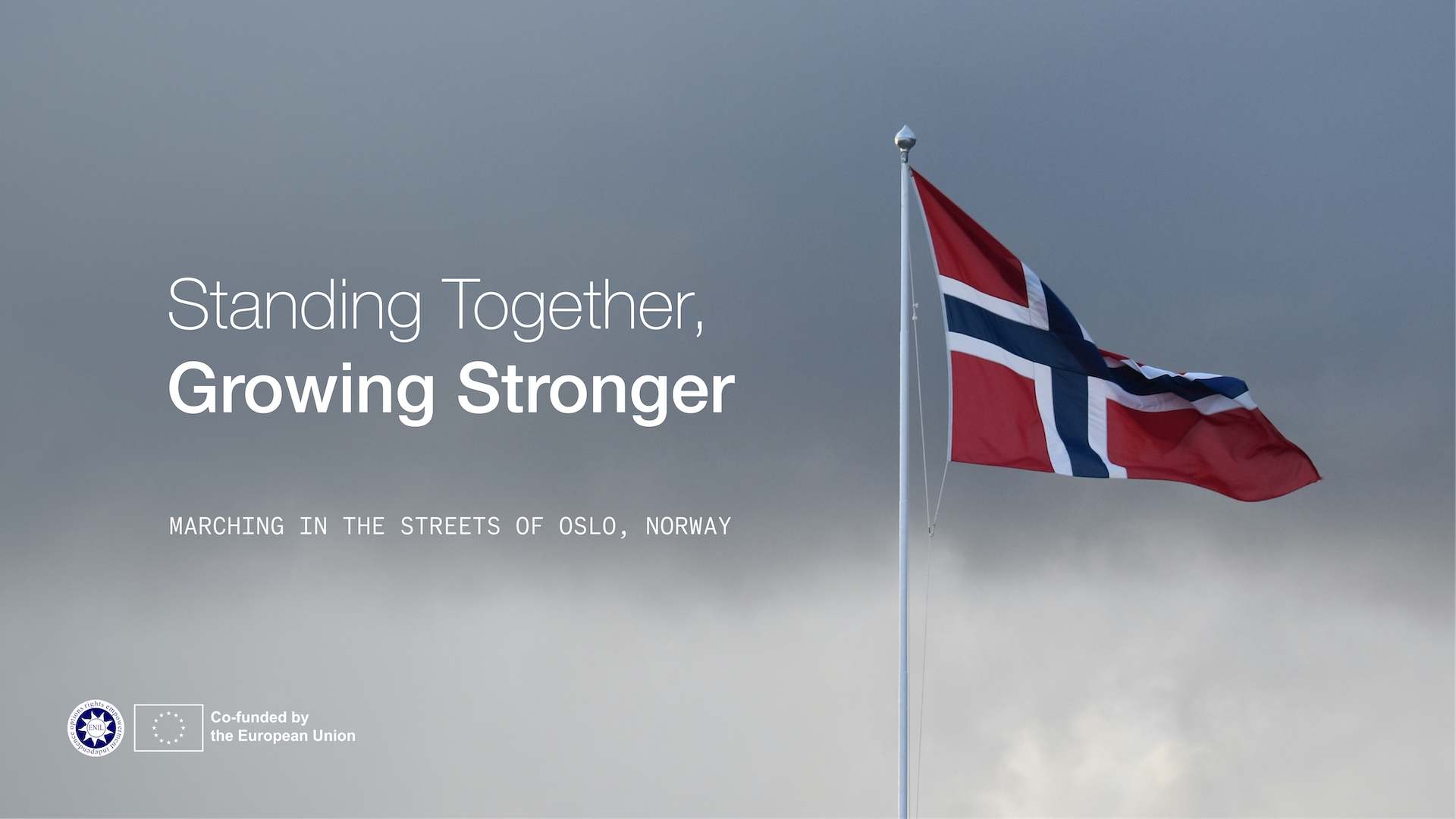The year 2021 is named as the EU Year of Rail, and this shows the importance of rail for the European Union and its future. Train is one of the most sustainable modes of transport, responsible for only 0.4% of transport emissions in the EU (being in the epicenter of the EU Climate Pact and of the EU Green Deal), and it is the safest transport mode on land, not only in terms of serious accidents but also now in times of COVID-19, with strict protective measures taken. Trains are also very comfortable and fun to travel in, as you can enjoy the beautiful landscapes while working on your devices, reading a book or enjoying a drink. There are even overnight trains, where you can sleep while heading to your destination.
When it comes to the accessibility of both trains and stations, it is no secret that there is still a lot of work to be done until we can call trains a fully accessible and convenient mode of transport for all (in the TRIPS Project we are addressing these issues). However, we need to acknowledge that significant steps are being made every day in order to make rail more inclusive and accessible, and this is one of the reasons I was invited (in my capacity as a disabled travel blogger) to board for three days the Connecting Europe Express (CEE).
I hear you asking “what is the Connecting Europe Express?”, so let me tell you. In the framework of the EU Year of Rail, the European Commission –and member states- is organising numerous activities and events to highlight the importance of trains (both for passengers and for goods). The CEE, its flagship initiative I would say, is a train that started its journey from Lisbon on 2nd September and will finish in Paris on 7th October, criss-crossing 26 countries of the continental Europe. This train is a unique project, where people from the railway sector and governments, from the EU and beyond, joined forces to make this happen. The Connecting Europe Express showcases the unifying force of rail and the benefits of our Trans-European transport network, and its role is to help us better understand the challenges that European rail has to overcome in order to become the mode of choice for passengers and businesses alike.
This was a unique journey, which is not going to happen again anytime soon and not everyone could experience it. That is why I am really privileged and grateful for the opportunity I was given by the European Commission to hop on the train while it was in Germany and Switzerland. This involved being on board for three days, staying overnight in four cities (Munich, Bern, Frankfurt and Berlin), making quick stops in numerous other cities in the two countries and attending numerous events and happenings on the way. While on board, I made some really good friends, had fun and even played some epic chess games (didn’t lose once)!
I would like to express my gratitude to the European Commission for making this possible, and for all the support I received during my journey. Same goes to the people from the railway sector, who made sure everything worked properly, and all the officials that came to meet me, expressing interest in my journey and in how we can make trains inclusive and accessible to all. I am definitely optimistic about the future of rail in Europe.
More about my journey can be found on the dedicated CEE webpage to me, on my Instagram profile (@thetrawheeler) and soon on my own travel blog.
P.S. Here, since many are asking me, I have to say that even the CEE was not fully accessible to me, as I could not access all the wagons. However, the one I was in was really accessible and specious, toilet included. I didn’t have the same experience with the others, but definitely I had a positive one. This feeling is strengthed by the fact that I saw clear commitment from the relevant stakeholders to work together and make train travel accessible for all, reaching its potential to be the favorite mode of transport for disabled people in Europe.
Kamil Goungor, ENIL’s Development Officer and Projects Coordinator


